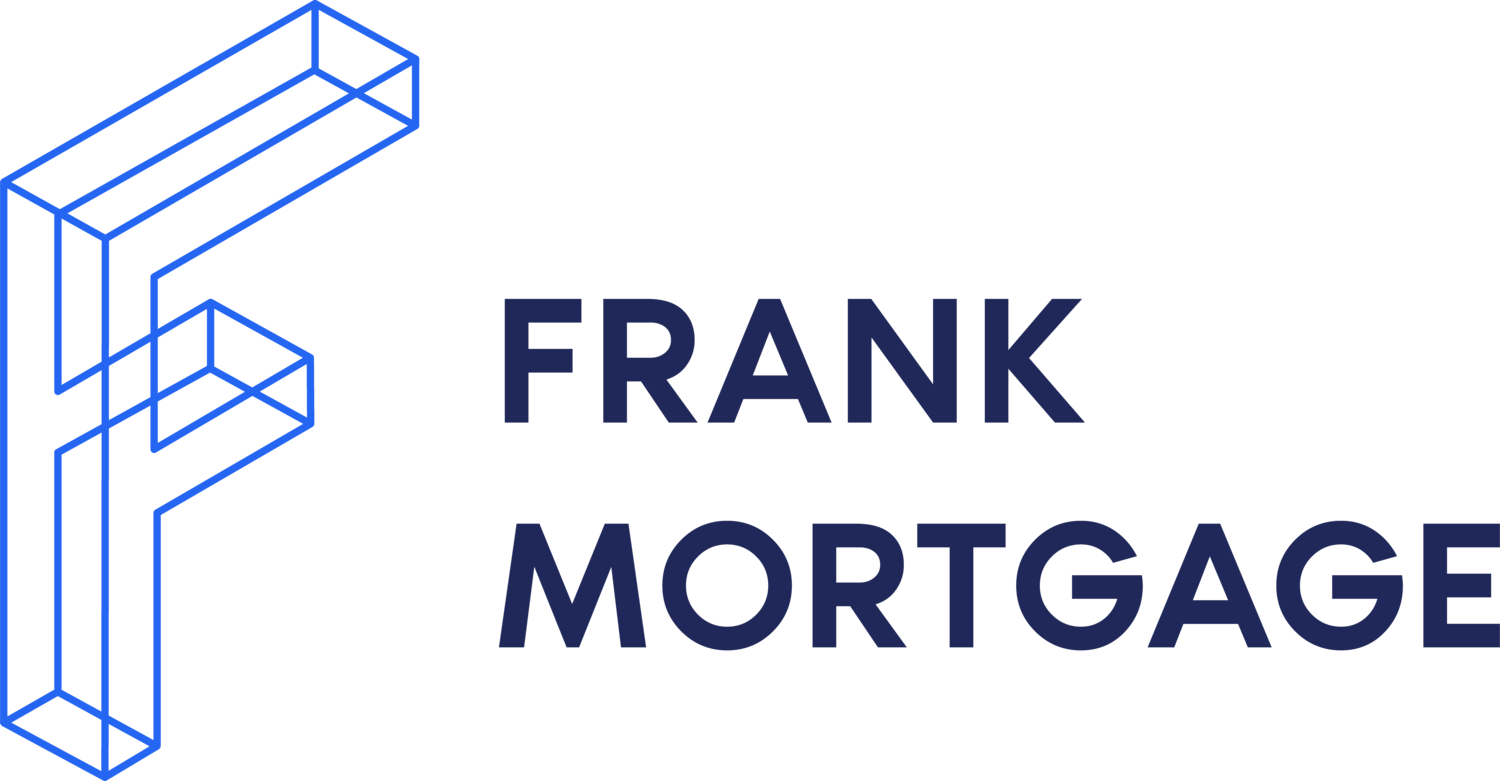
Debt Service Ratio
Your Debt Service Ratio is a number lenders will look at to assess your ability to repay a mortgage. The objective is to ensure debt payments don’t exceed a certain percentage of your income. There are two types of Debt Service Ratios - Gross Debt Service ratio (GDS) and Total Debt Service ratio (TDS).
Default
A Default occurs when a borrower fails to meet their legal obligations in the mortgage contract. The most common cause of default is when a Borrower fails to make their monthly payments on a mortgage.
So, what happens if you default on your mortgage? Your lender can take possession of the property, either via Foreclosure or Power of Sale, and recover the amounts owing to them under the Mortgage.
Delinquency (aka: Arrears)
Occurs when a Borrower fails to make their mortgage payments on time.
Discharge Statement
Once you are ready to pay off your mortgage in full (yay!) a discharge statement will be provided by your Lender. This statement details the amount required to pay off a mortgage as well as any terms and conditions that must be met before the lender will release the Borrower (and any Guarantors) from their obligations under the mortgage agreement and release the lender’s claim on the borrower’s property. Once the remaining amount has been paid off and all of the conditions have been met, the Lender will discharge the mortgage from title to the property of the Borrower.
Documentation
To obtain a mortgage, you need to provide certain documentation to the Lender. This documentation will be used by the lender to confirm your identity, employment, income and other material factors in your mortgage application. Any information you provided to the lender or broker for the mortgage application must be confirmed in the documentation provided. Here are some examples of the types of information you might be required to provide:
Letter of employment
Current paystub
Tax documents – T4 for the past two years
Notice of Assessment (NOA) from the CRA
Copy of your tax returns
Bank statements
Financial statements (if self employed)
Government issued photo ID
Other documents specific to your circumstances
Down Payment
To obtain a mortgage a Borrower must provide an upfront cash payment called a Down Payment. How much will the down payment be? That depends on the type of mortgage product and the customer profile.
There are three broad categories:
1. High-Ratio Mortgages require a down payment of between 5% and 19.99%. They must be insured (by CMHC, Sagan or Canada Guarantee) but are only eligible for insurance if the mortgage balance is less than $1 million;
2. Conventional Insurable Mortgages require a down payment of at least 20% and if the mortgage balance is less than $1 million the mortgage is also eligible for insurance. Although, the insurance is not necessarily required.
3. Conventional Uninsurable Mortgages of over $1 million require a down payment of at least 20%.
Properties valued under $500,000 - the minimum down payment must be at least 5%
Properties valued between $500,000 and $999,999 - the minimum down payment must be at least 5% on the first $500,000 and 10% on the amount above $500,000.
Properties valued at $1,000,000 or more - the minimum down payment must be at least 20%.
What if you don’t have the money for a down payment? You should be aware that borrowing a down payment will make you ineligible for some mortgage products. Many first-time home buyers receive a gift from family for some, or all, of their Down Payment. This is acceptable to most lenders as long as the Borrower provides a letter from the giftor showing whether the funds are repayable or not. How would a lender even know where the funds for your down payment came from? Borrowers are required to provide documentation proving the source of the funds.
